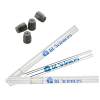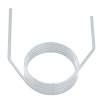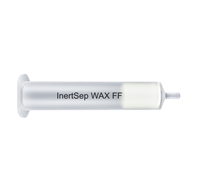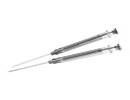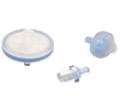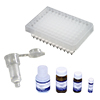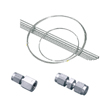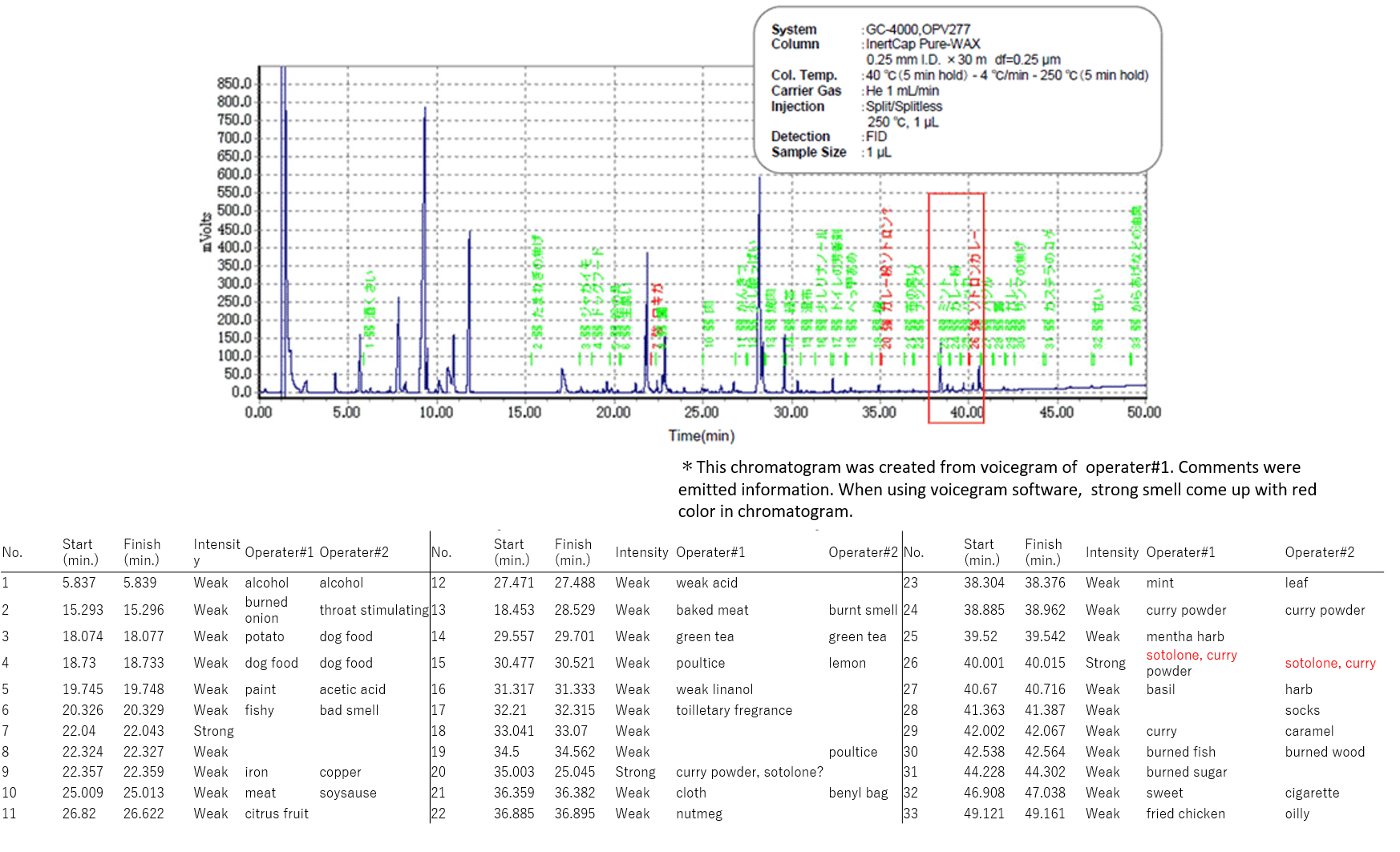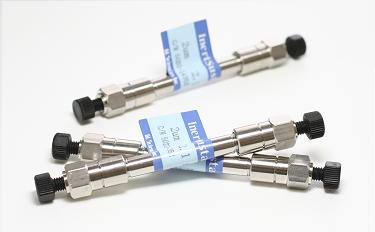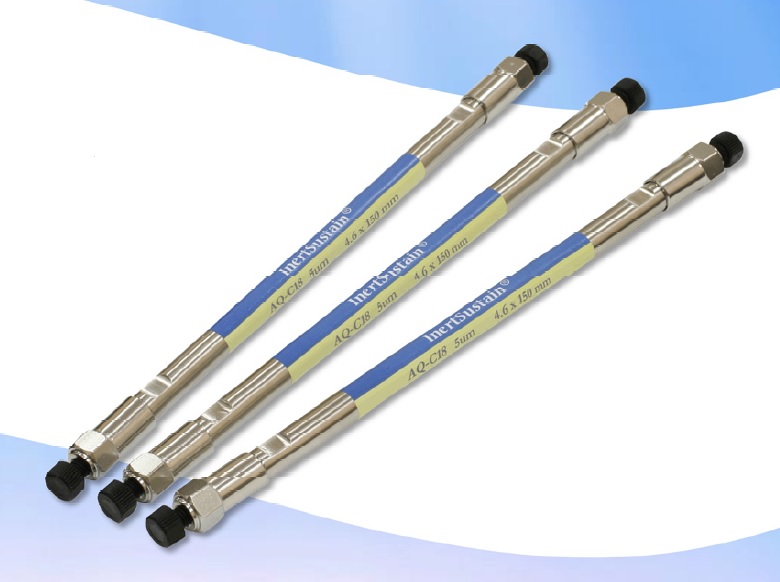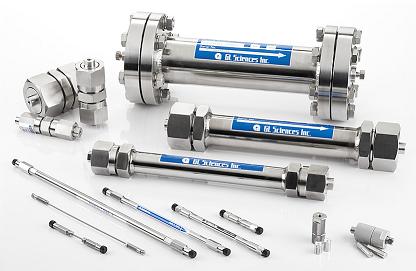Isoflavones are known as functional ingredients because they are found in soy products and have antioxidant effects and because isoflavone metabolites have estrogenic effects.
The new food labeling system came into effect on April 1, 2017, raising interest in the analysis of ingredients subject to food labeling. In this context, we are beginning to consider food functionality as a target for labeling based on evidence. We provide information on the analysis of functional components, centered on chromatography.
Simultaneous Analysis of Soybean Isoflavone 12 Components
Points of Method for Selecting Preliminary Column for Separating and Purifying Functional Components from Natural Products
Separation and purification using preparative HPLC is useful for efficiency isolating functional active ingredients from raw materials in natural food sources.
Amino Acid Analysis by Pre-Column Derivatization Method (1)
The most common amino acid analysis system is performed by fluorescence derivatization using post-column. Superior sensitivity, selectivity, and method robustness.
Amino Acid Analysis by Pre-Ccolumn Derivatization Method (2)
Amino Acid Analyses Using HILIC Modes
When analyzing highly polar amino acids without derivatization, HILIC modes should be used. Since metal coordination adsorption is sometimes observed, it is recommended to use a metal-free tank for high-sensitivity analysis.
Organic Acid Analysis by BTB Indicator (2)
Separation modes such as anion-exchange, ion-exclusion, and reversed-phase have been used for analyzing the HPLC of organic acids. In recent years, more and more cases have been analyzed using ion-exclusion modes using columns dedicated to organic acids.
However, in order to improve the separation in the ion exclusion mode, it is necessary to lengthen the analysis time.
In this study, we analyzed a combination of "ion exclusion mode" using an ion-exchange column and "hydrophobic interaction mode" using a reversed-phase column. The rapid simultaneous analysis of 8 components of phosphoric acid and organic acid is possible by using columns of two general-purpose rhino (250 x 4.6 mm I.D.) columns with different separation modes.
Silica Monolith Sampler MonoTrap
Monolithic structure with continuous pores (through pores), high purity silica gel with pores in the silica skeleton and high surface area. This is an innovative trapping agent with high collecting capacity and changing the common sense of enrichment analysis. It is possible to respond to any sample, whether gas or liquid.
Flavor Analysis Focusing on Food Function

This is a system for introducing fragrance components that can be easily connected to a handheld GC in a space-saving design.
Flavor Analysis Focusing on Food Functionality
The Odor Smell System OP275 Pro is a sniffing port designed to efficiently detect and identify flavor component peaks, such as those detected by GCs, by the operator's sense of smell.





